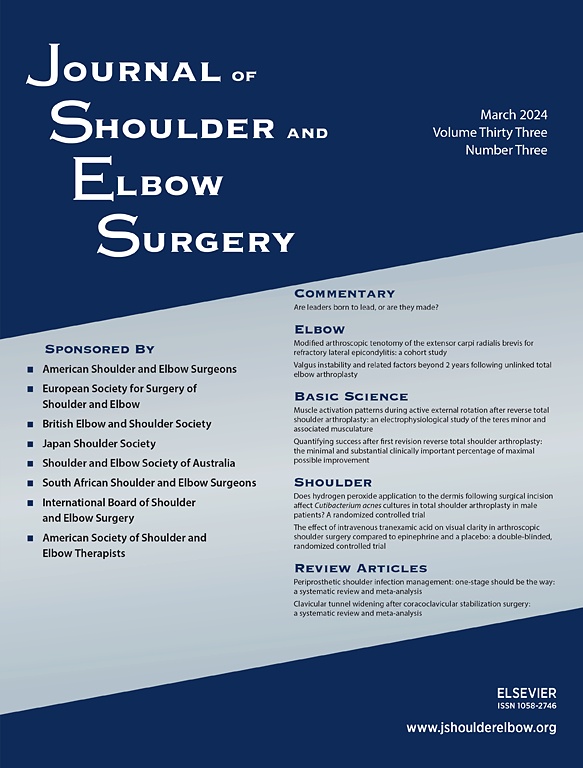
Physical Therapist-Led Vs Patient-Led Rehabilitation After Reverse Total Shoulder Arthroplasty

Physical Therapist-Led Vs Patient-Led Rehabilitation After Reverse Total Shoulder Arthroplasty
Home-based physical therapy results in similar outcomes to formal outpatient physical therapy after reverse total shoulder arthroplasty: a randomized controlled trial.
J Shoulder Elbow Surg . 2023 Aug;32(8):1555-1561.Did you know you're eligible to earn 0.5 CME credits for reading this report? Click Here
Synopsis
80 patients undergoing reverse total shoulder arthroplasty (RTSA) were randomized to receive either a physical therapist-led rehabilitation program (n=33) or a patient-led home therapy program (n=37). Outcomes of interest include range of motion, shoulder strength, simple shoulder test, American Shoulder and Elbow Surgeons (ASES) score, pain on a Visual Analog Scale (VAS), patient satisfaction, an...
To view the full content, login to your account,
or start your 30-day FREE Trial today.
FREE TRIAL
LOGIN
Forgot Password?
Explore some of our unlocked ACE Reports below!

Learn about our AI Driven
High Impact Search Feature
Our AI driven High Impact metric calculates the impact an article will have by considering both the publishing journal and the content of the article itself. Built using the latest advances in natural language processing, OE High Impact predicts an article’s future number of citations better than impact factor alone.
Continue



 LOGIN
LOGIN

Join the Conversation
Please Login or Join to leave comments.